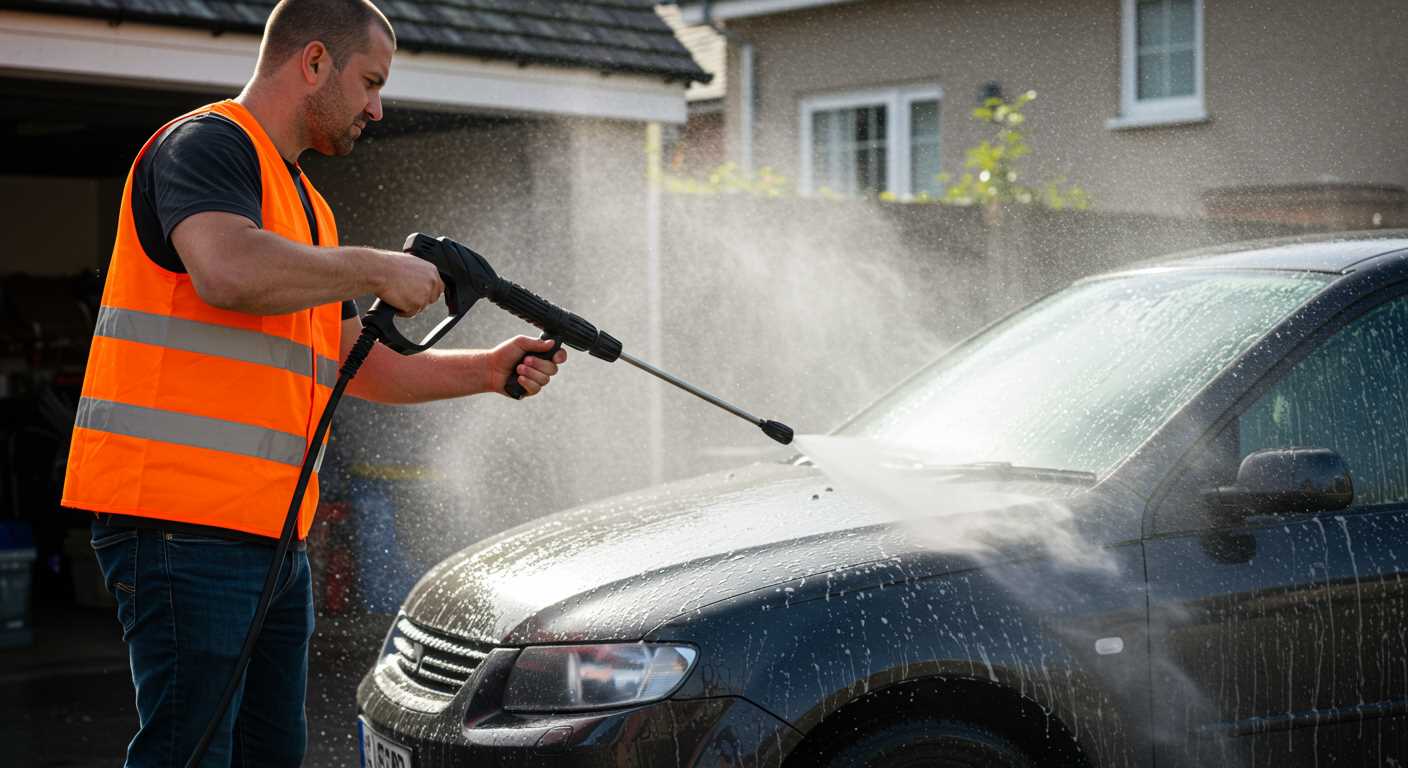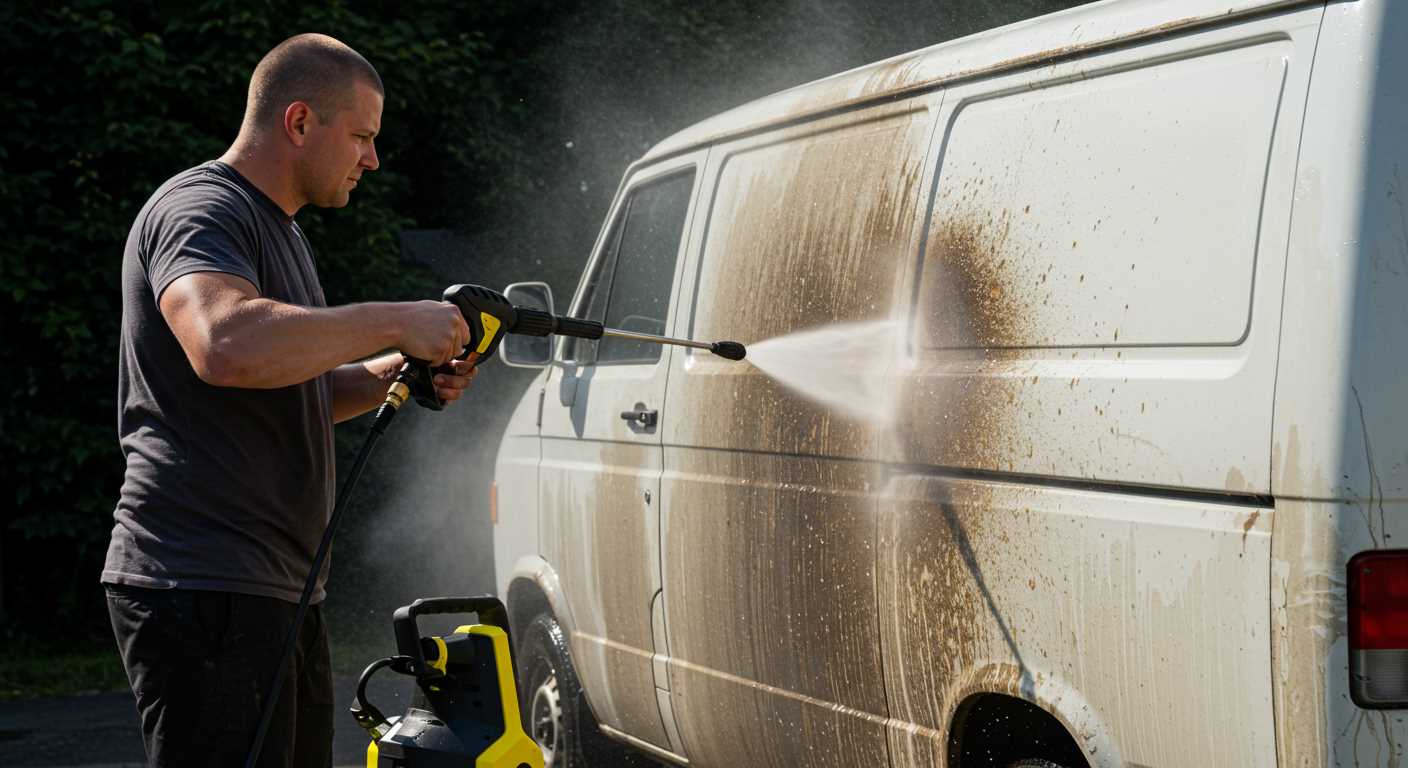



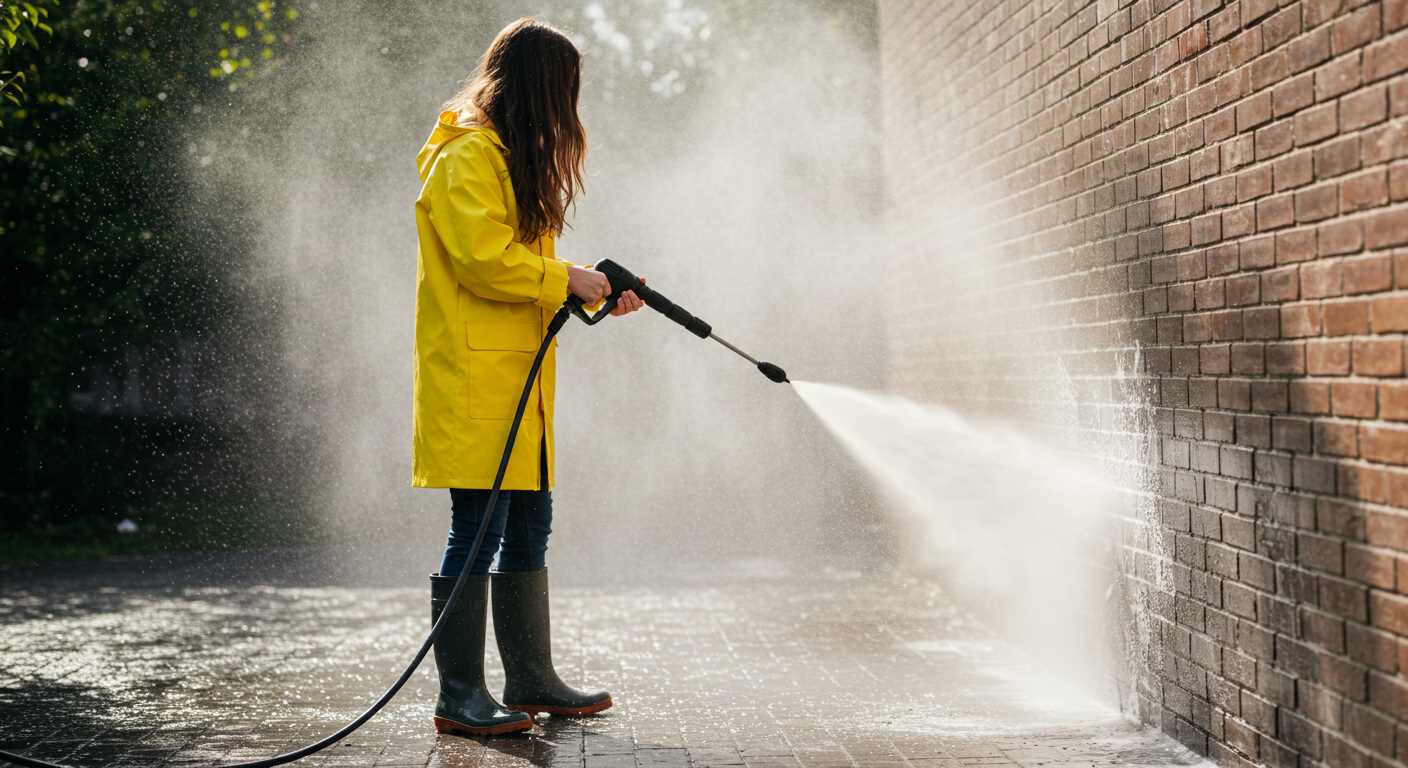
First things first, grab your instruction manual. It contains specific details tailored to your model, ensuring you don’t miss any crucial steps. I recall a time when I overlooked this simple tip, leading to unnecessary frustration. Each unit has unique components that require careful handling.
Next, gather all the components. Lay them out in front of you. This includes the trigger handle, lance, and nozzle attachments. Trust me, when I first started, I often spent half an hour searching for a missing piece that was right under my nose. A tidy workspace makes the process smoother and quicker.
Begin with connecting the trigger handle to the lance. Ensure that the connection is secure; a loose fit could lead to leaks during operation. I once had a client who experienced a significant drop in performance simply due to a poorly connected handle. A firm twist and click will usually do the trick.
After that, attach the appropriate nozzle. Depending on the task–whether it’s cleaning a patio or washing a car–you’ll want to choose the correct one. I’ve seen the difference a simple nozzle switch can make, turning a lengthy chore into a quick task. Always double-check that it clicks into place to prevent any mishaps.
Finally, don’t forget to connect your water supply and power source. Ensure both are compatible with your model. I’ve learned the hard way that not all hoses fit all units, leading to last-minute runs to the store. Taking a moment to verify compatibility saves time and hassle.
Assembling Your Cleaning Tool
Begin with the handle. Secure it to the main body by aligning the grooves and inserting the retaining screws. Tighten them evenly to ensure stability; you don’t want it wobbling during use.
Next, attach the trigger mechanism. Slide it into its designated slot until you hear a click. This indicates it’s properly locked in place. Check for smooth movement; a sticky trigger can lead to frustration later.
Connect the nozzle. Choose the appropriate spray pattern for your task. Simply twist it onto the end of the hose until it’s snug. Test the connection by gently tugging on it; a firm grip means it’s ready for action.
Now, focus on the safety latch. Make sure it’s functioning correctly. This feature prevents accidental activation, particularly important if you have children or pets around. Engage and disengage it a few times to ensure it operates smoothly.
Finally, inspect all connections. Look for any leaks or loose fittings. Running a simple test by turning on the machine briefly can help identify issues before you start your cleaning project.
In my experience, taking the time to ensure everything is correctly put together saves a lot of hassle later. I once skipped a couple of these steps in haste and ended up with a mess. So, double-checking never hurts!
Gather Required Tools and Components
To effectively set up your cleaning equipment, ensure you have all necessary tools and components ready. This will streamline the process and help avoid any interruptions.
- Wrenches: A set of adjustable wrenches will be invaluable for tightening fittings and connectors.
- Screwdrivers: Both flathead and Phillips screwdrivers are essential for securing various parts.
- Hose: Select a high-quality hose compatible with your unit. Ensure it’s long enough to reach your cleaning areas without strain.
- Nozzles: Different nozzles serve various cleaning purposes. Consider getting a pressure washer nozzle for deck to handle specific tasks effectively.
- Safety Gear: Always have gloves and goggles on hand to protect yourself during the setup.
- Sealant Tape: This is useful for ensuring leak-proof connections, especially on threaded fittings.
Having these tools ready will facilitate a smoother assembly process, allowing you to focus on achieving the best results when tackling your cleaning tasks.
Identify the Parts of the High-Pressure Sprayer
Start by familiarising yourself with the components of your cleaning tool. Each part plays a specific role in ensuring optimal functionality. The main pieces include:
Trigger Handle
The trigger handle is where you apply pressure to activate the sprayer. It’s designed for comfort and control. Pay attention to its responsiveness; a well-functioning trigger should feel smooth and require minimal effort to pull.
Spray Wand
This elongated pipe connects the trigger handle to the nozzle. Its length can affect your reach during cleaning tasks. Look for a sturdy wand that can withstand the force of water without bending or breaking.
Next is the nozzle, which adjusts the spray pattern. Different tasks may require different spray settings, so ensure you have a selection that includes a wide spray for gentle cleaning and a concentrated jet for stubborn dirt.
Another critical part is the hose. It connects to the water source and delivers the liquid to the sprayer. Check for durability and flexibility to prevent kinking during use.
Lastly, examine the couplings, which connect various components. These should lock securely without leaks. A tight connection is essential for maintaining pressure and effectiveness while operating.
For a different kind of pressure application, you might find it interesting to learn how to can diced tomatoes with a pressure cooker.
By understanding these parts, you can troubleshoot issues more effectively and ensure your equipment operates smoothly.
Connect the Trigger Handle to the Gun Body
Align the trigger handle with the gun body, ensuring the grooves match perfectly. This step is crucial for a secure fit and optimal performance. Insert the handle into the designated slot on the body, applying slight pressure until you feel it click into place.
Secure with Fasteners
Once the handle is positioned correctly, locate the screws or bolts provided in your kit. Use a screwdriver or wrench to tighten them, but be cautious not to overtighten, as this can strip the threads. A snug fit is all that’s needed to maintain stability during operation.
Check for Movement
Test the connection by lightly pulling the trigger. There should be no excessive movement between the handle and the body. If you notice any wobbling, revisit the fasteners to ensure they are tightened properly. This step enhances safety during use, preventing any accidental disconnections.
| Component | Action |
|---|---|
| Trigger Handle | Align and insert into the gun body |
| Fasteners | Tighten securely without overtightening |
| Connection Check | Test for stability and movement |
This simple yet critical connection ensures that your device operates smoothly and safely. Drawing from my past experiences, I’ve seen how neglecting this step can lead to frustrating malfunctions or even accidents. Always prioritise a thorough assembly for the best results.
Install the Nozzle and Adjust the Spray Angle
Begin by selecting the appropriate nozzle for your cleaning task. Different nozzles provide varying spray patterns, such as a narrow jet for tough stains or a wider fan for larger surfaces. Once you’ve decided, align the nozzle with the end of the lance and push it in firmly until you hear a click, indicating it’s securely attached.
Securing the Nozzle
After attaching the nozzle, ensure it’s tightly fitted. A loose connection can lead to reduced performance and potential leaks during use. Give it a gentle twist to confirm it’s locked in place. This is critical; I’ve encountered situations where a nozzle came off mid-job, causing a mess and wasting precious time.
Adjusting Spray Angle
Most nozzles have an adjustable feature that allows you to control the spray angle. Rotate the nozzle to switch between different settings. For example, turning it to a narrower setting increases pressure, ideal for stubborn grime. Conversely, a wider setting disperses the water more, perfect for rinsing large areas quickly. I remember using a wider spray to clean my patio, which saved me a lot of effort and time compared to using a narrow jet.
Always test the spray angle on a small, inconspicuous area first to ensure it meets your expectations without causing any damage. Adjust as necessary until you achieve the desired effect. Fine-tuning this aspect can make a significant difference in your cleaning efficiency.
Attach the Pressure Hose Securely
Ensure the hose is firmly connected to prevent leaks and maintain optimal performance. Align the hose connector with the inlet on the handle and twist it clockwise until it feels snug. A good rule of thumb is to give it an extra quarter turn for added security.
Check for Proper Sealing
After securing the connection, inspect the rubber O-ring within the inlet. This small component plays a crucial role in creating a watertight seal. If it appears worn or damaged, replace it before proceeding. I’ve encountered several situations where a simple O-ring replacement resolved persistent leakage issues.
Test for Stability
Once attached, gently tug on the hose to ensure it’s secured. A loose connection can lead to unexpected disconnections during use, creating a hazardous situation. In my experience, a stable setup not only enhances safety but also improves the overall efficiency of your cleaning tasks.
Before you start your machine, double-check the connection. It’s a small step that can save you from a lot of frustration later on. Trust me, I’ve learned the hard way that a little diligence at this stage can prevent bigger headaches down the line.
Check for Proper Sealing and Tightness
After connecting all components, ensure everything is sealed and tight. This step is crucial to prevent leaks and ensure optimal performance.
- Inspect Seals: Look for O-rings and gaskets. They should be intact, without cracks or deformation. If damaged, replace them immediately.
- Tighten Connections: Use your hands to tighten all threaded joints. For extra security, a wrench can be applied, but avoid overtightening, as this may cause damage.
- Check for Leaks: After ensuring everything is connected properly, turn on the water supply and press the trigger. Look for any signs of water escaping from joints or seals.
- Test Spray Pressure: With the unit on, check the spray. A steady and powerful stream indicates proper sealing. If you notice a weak spray or erratic flow, recheck your connections.
- Conduct a Visual Inspection: Regularly examine for wear or signs of leakage. A proactive approach can save you from more significant issues down the line.
In my experience, I once overlooked a loose connection during an assembly. It resulted in a frustrating spray pattern and wasted time. After that, I made it a habit to double-check each joint before starting any cleaning task. This attention to detail significantly enhances performance and extends the lifespan of the equipment.
Perform a Functionality Test Before Use
Before taking your new cleaning tool for a spin, always carry out a functionality test. This ensures everything operates smoothly and safely. First, find a suitable outdoor area away from delicate surfaces. Connect the water supply to the unit, ensuring the hose is securely fitted to prevent leaks.
Check Water Flow
Turn on the water source and check for a steady flow from the nozzle. If water is not flowing correctly, inspect for kinks in the hose or blockages in the filter. A clear and unobstructed flow indicates the system is functioning properly.
Engage the Trigger
With the water flowing, gently pull the trigger to test the mechanism. Observe how the trigger responds. It should move smoothly without sticking. Listen for any unusual sounds. If you hear rattling or grinding, there might be internal issues needing attention.
Finally, check for leaks around the connections. If you spot any water escaping, tighten the fittings. This simple step helps avoid potential damage during use. Completing these checks not only ensures your equipment is ready but also enhances safety during operation.
FAQ:
What tools do I need to assemble a pressure washer gun?
To assemble a pressure washer gun, you will typically need a few basic tools. These include a wrench or pliers for tightening fittings, a screwdriver for securing any screws, and possibly a thread seal tape to ensure a watertight seal on the connections. Additionally, having a pair of safety gloves and goggles is recommended for protection during assembly.
Can I assemble a pressure washer gun without any prior experience?
Yes, assembling a pressure washer gun can be done by someone without prior experience. Most pressure washer guns come with an instruction manual that outlines the steps clearly. Just take your time to read the instructions, and follow them step by step. If you encounter any difficulties, there are many video tutorials available online that can guide you through the process.
What are the common mistakes to avoid when assembling a pressure washer gun?
Common mistakes include not tightening connections properly, which can lead to leaks, and failing to use thread seal tape where necessary. Another mistake is mixing up parts, as many pressure washer guns have components that look similar but are not interchangeable. It’s also important to ensure that the gun is compatible with your specific pressure washer model to avoid any issues.
How long does it typically take to assemble a pressure washer gun?
The assembly process for a pressure washer gun usually takes around 15 to 30 minutes, depending on your familiarity with the components and any potential challenges you might face. If you are following the instructions carefully and have all the tools at hand, it should be a relatively straightforward task.
Are there any safety precautions I should take while assembling the pressure washer gun?
Yes, safety is important during assembly. Always wear safety goggles to protect your eyes from any small parts or debris. Gloves can protect your hands from sharp edges. Ensure the pressure washer is disconnected from the power source while you work on the gun. Lastly, work in a well-lit area to clearly see all components and avoid any accidents.
What tools do I need to assemble a pressure washer gun?
To assemble a pressure washer gun, you will typically require a few basic tools. A wrench or pliers will help tighten any fittings and connections securely. You might also need a screwdriver for any screws that may be part of the assembly. Additionally, having some thread seal tape on hand can be useful to ensure a watertight seal on threaded connections. Make sure to check the specific assembly instructions provided with your pressure washer gun, as some models may have unique requirements.

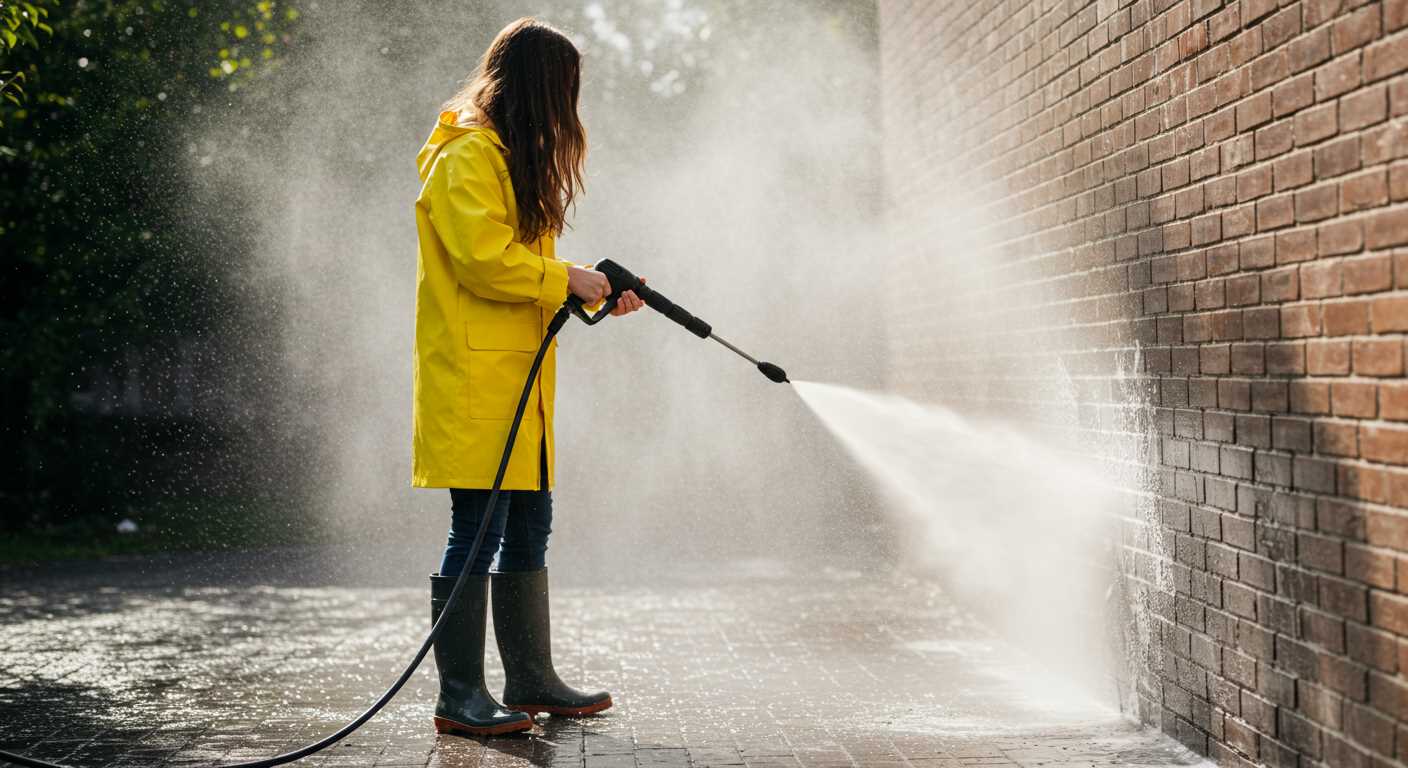

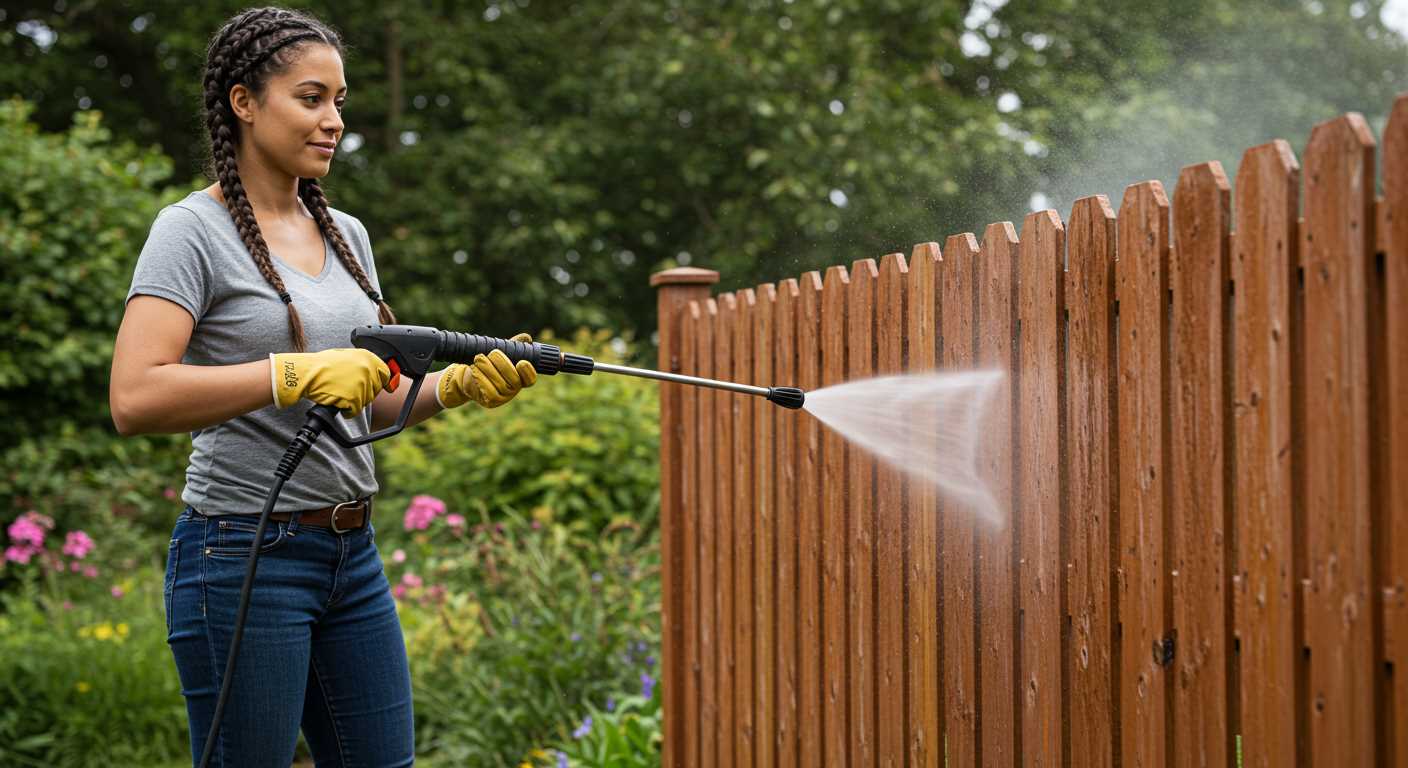
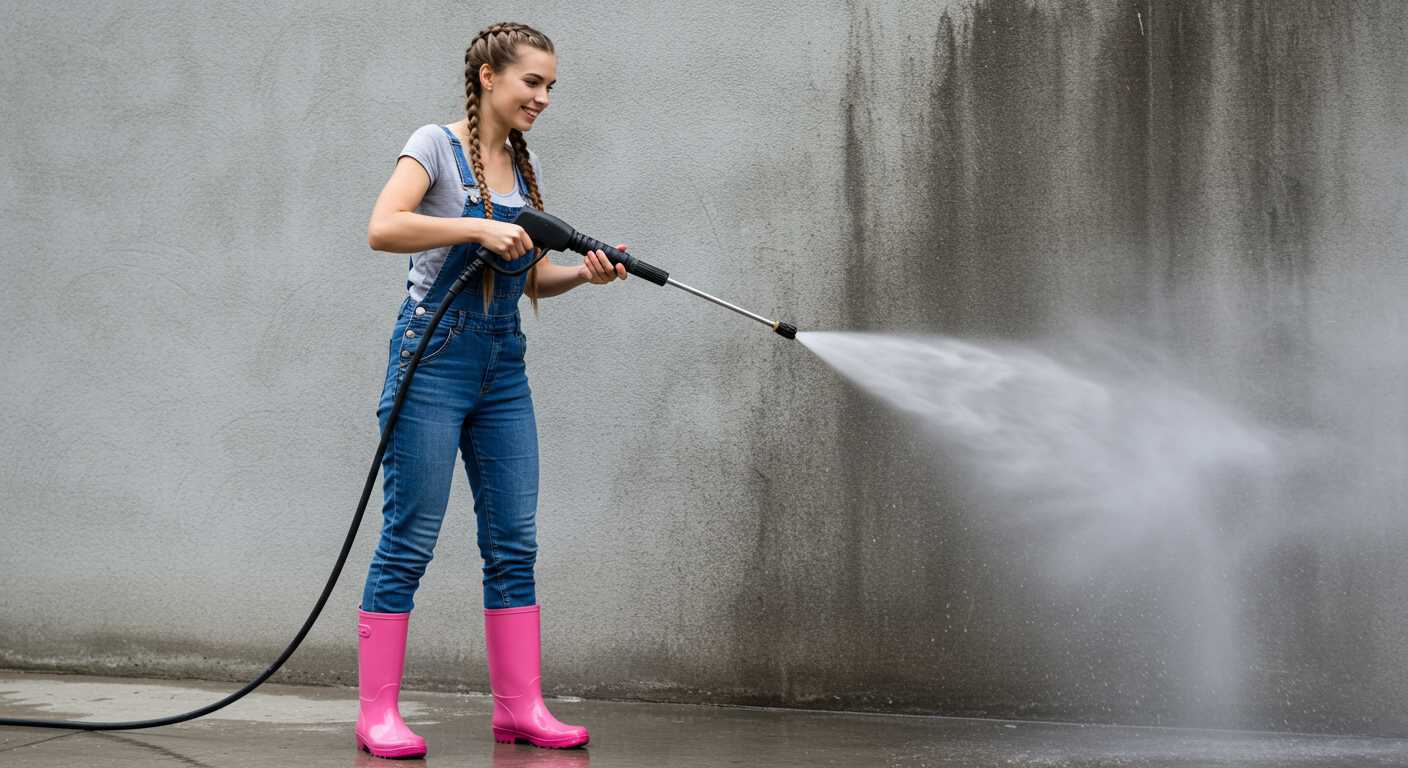
.jpg)
